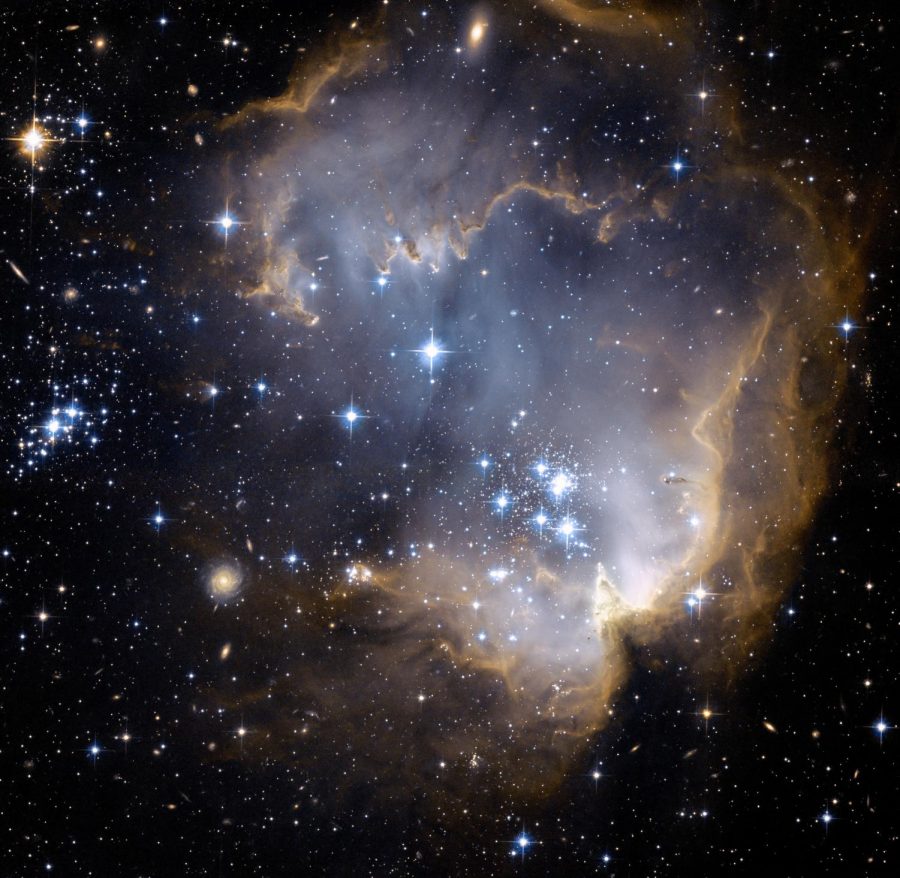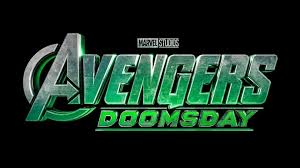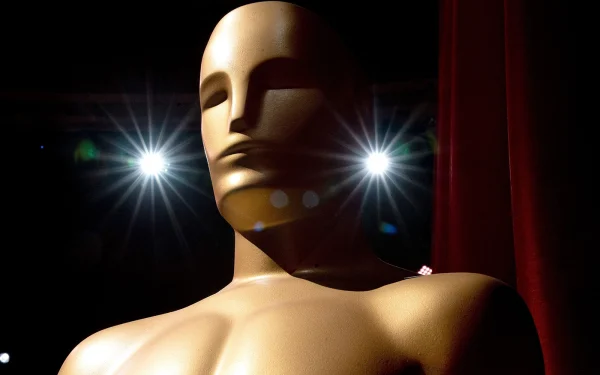The First True Star Trek, Fifty-One Years in the Making
After Star Trek reached its peak in the 1990s in terms of show production rates, how is the modern Star Trek: Discovery the only ‘true Star Trek?’ The answer is simple. For the first time in fifty-one years, Star Trek gets its first gay character and its first Latino character, making it the first Star Trek in which the LGBT+ community and every race is represented in the cast of main characters.
Star Trek had it all in the 1960s: intriguing social commentary, episodes in full color, and a multiracial cast. Star Trek: The Next Generation went further in the late 1980s and early 90s, giving women and men the same uniforms, and giving African Americans and women professional jobs like engineering chiefs and doctors. Also, in the 1990s, Star Trek: Deep Space Nine saw the first African-American captain on Star Trek, some never-before-challenged social stigmas, as well as the franchise’s first Middle Eastern main character. Star Trek: Voyager showed at the same time as Deep Space Nine, only with a whole lot more aliens, Star Trek’s first Native American character, and the first female captain. Finally, in the early 2000s, Star Trek: Enterprise provided even newer social issues, using satire to criticize homophobia during the AIDS epidemic.
Star Trek has a 52-year history of being at the forefront of progressive fictional media. Many casual viewers don’t recognize just how important Star Trek television shows have been to modern American culture.
For one example, the writers of the original series made some important social commentary by having the USS Enterprise encounter Lokai, a man with a distinct line down the middle of his face, making him half black and half white. He came to the Enterprise a desperate man, and spoke of the oppression of his people. They were a segregated society, he explained, and the oppressors looked the same as he did, only they were black on the opposite half.
The satire was clear, and set off this long record of progressive attitudes across the Star Trek shows. Fans looked on as the focus shifted from issue to issue throughout 700 Star Trek episodes, from feminism to African American rights, the Vietnam War to homophobia.
That being said, 1960s Star Trek understandably had a long way to go before it would measure up to today’s ideals of progressivism. For example, the savage, honor-obsessed, alien race known as the Klingons were usually represented by ethnic actors with funky eyebrows.
Star Trek also showed the world’s first televised kiss between a white person and an African-American person, but even that could have been done less conservatively. Lieutenant Uhura and Captain Kirk, both under mind control, kiss passionately on an alien planet, and afterwards Uhura vehemently apologizes for the inconvenience and her misbehavior. The episode, “Plato’s Stepchildren,” actually had an alternative which was planned to be shown in the south to avoid angering conservatives. Fully aware of Star Trek’s already strong reputation of supporting social change, Star Trek creator Gene Roddenberry rejected the plan to show two versions of the episode. The kiss is often cited as the reason Star Trek only lasted for one more season.
Flash forward to 2017. A female African-American is the main character, who works under an Asian captain, travelling on a ship with a gay Latino doctor and a Pakistani security officer. The crew is more diverse than on any Star Trek series ever before, representing more sexualities and races than past series. In addition, men and women have similar costumes in alien societies, too, unlike in previous Star Trek series which gave alien women more sexualized costumes. What’s more, major positions on board the Discovery are split fairly evenly between men and women.
Not just that, but Discovery even departs from Star Trek tradition by amping up the Klingons’ past appearance, so the identifying feature of their savage and war-like race isn’t just having brown skin. Now, Klingons actually look alien, with deep crevices in their foreheads, a new double-nostril look, inhuman eyes, and a range of skin tones befitting a society which evolved as humans did. With complexions ranging from very pale white, to grayish-purple, to very deep black, the new series has taken whole new strides in representing alien life to make Klingons a more accurate representation of what alien humanoids might actually look like. What’s more, they actually have the Klingons speak their own language for nearly all of their screen time, departing from the tradition of having a few Klingon words like Kahless, Qapla’ and gagh thrown into the script.
The only obvious way to make the show a more accurate reflection of what the future likely holds would be the addition of trans humans. While some fans have already called for the change, many believe the real world is still too transphobic for the show to survive the sudden addition of a transgender human main character. Star Trek has satirized transphobia before, however, using the extreme oppression of non-binary members of alien societies as jumping-off points for plots which build connections between the viewers and the non-binary victims of society.
This all circles back to the real question: why is Star Trek: Discovery history’s first ‘true’ Star Trek, and what does that even mean? Discovery doesn’t sacrifice the franchise’s history of social commentary; but it still manages to build the most accurate image of a futuristic society ever seen in Star Trek, based on modern demographics. It also shows the most likely future for technology of any Star Trek series. It portrays alien cultures and species in ways similar to the portrayal of humans, making those cultures seem more real. It has multiple biracial couples kiss without backlash, and one of those couples is gay. Long story short, Discovery is Star Trek’s most authentic representation of the future to date, and can be a measure of just how far America has come as a society.











